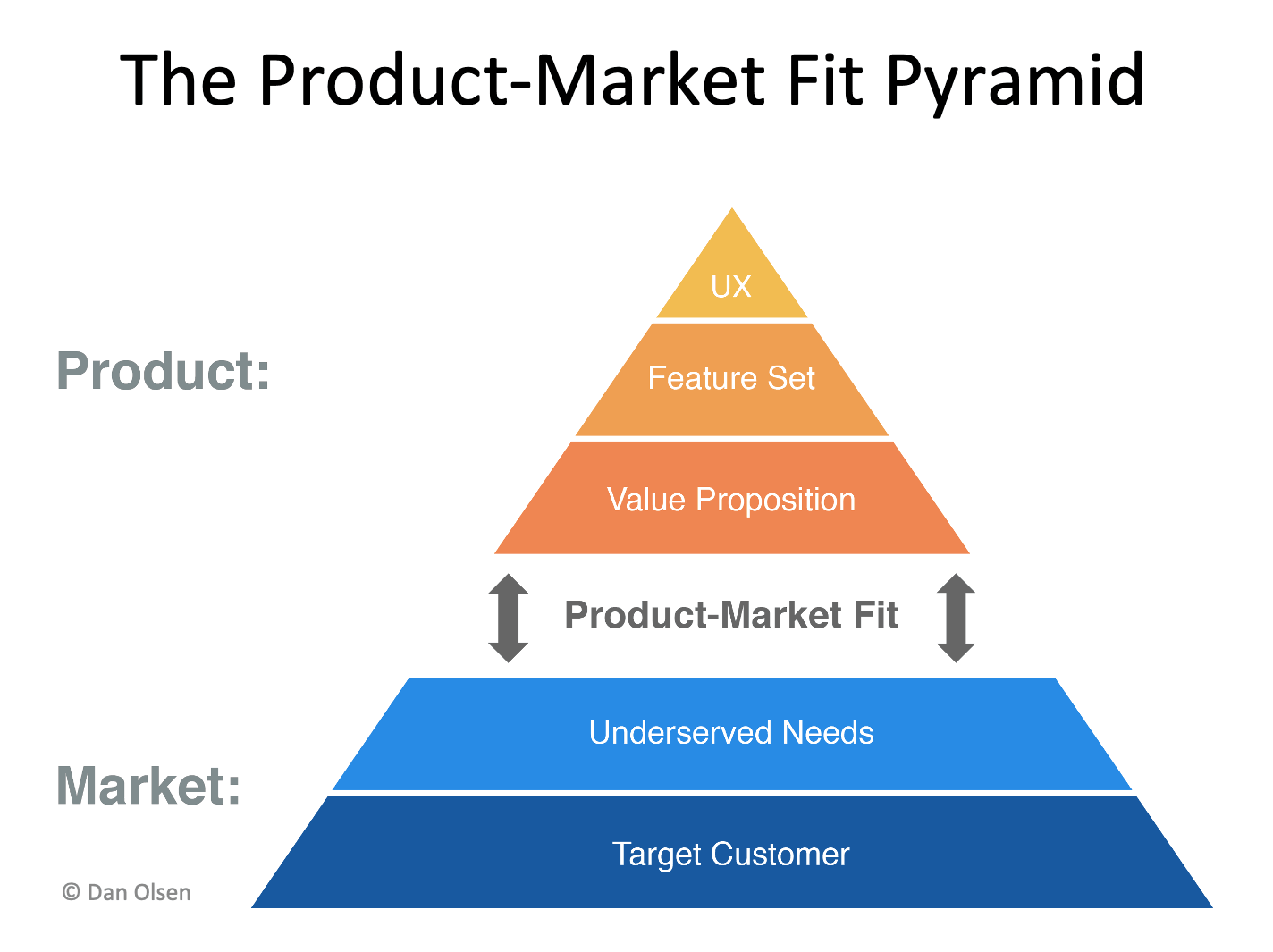
As a startup founder, you’re likely to have heard the term “product-market fit” far too often.
Product-market fit simply means being in a good market with a product that can satisfy that market. In other words, when you have identified a need in the market and built a solution that customers want to buy, that’s a product-market fit.
QMED Asia is an example of product-market fit. Dr. Kev Lim, one of its co-founders, had a bad experience in a hospital with long waiting times. Realizing this was a common issue in Malaysia’s public healthcare, he, along with Dr. Tai Tzyy Jiun and Nic Tai, created a service for booking appointments and managing queues through mobile phones.
Their idea worked well, and now QMED Asia serves more than 4,000 healthcare providers in both the public and private sectors, with over 3 million active patients. They’ve expanded their services to include self-registration kiosks, remote patient monitoring, and teleradiology.
Why is product-market fit important?
Product-market fit is a crucial concept in the world of startups because it essentially determines whether a product or service is meeting the needs and demands of a specific target market. Here are some reasons why product-market fit is important:
- Reduced Risk: Focusing on achieving product-market fit before extensive scaling helps mitigate the risk of investing heavily in a product or service that the market doesn’t truly want.
- Data-Driven Decision Making: Product-market fit is often based on data and customer feedback. This data-driven approach helps you make informed decisions about product development, marketing, and overall business strategy.
- Sustainable Growth: Achieving product-market fit is often seen as a prerequisite for sustainable growth. When your product resonates with the market, you’re more likely to attract new customers and retain existing ones, fostering business growth.
- Investor and Stakeholder Confidence: Investors and stakeholders are more likely to support and fund businesses that have demonstrated a strong product-market fit, as it indicates a higher likelihood of success.
Now, how do you find product-market fit?
Finding product-market fit may differ according to your product, industry, and nature of business. It is an ongoing process of continuous monitoring and adaptation. This is because the needs and preferences of your customers never remain the same. They are constantly evolving, as is the fit between a product and the market.
Nevertheless, the process of achieving product-market fit does not change that much. Let’s discover the six key steps on how to achieve product-market fit, according to Dan Olsen, author of the Lean Product Playbook.

The lean product process consists of six steps:
- Determine your target customer
- Identify underserved customer needs
- Define your value proposition
- Specify your Minimum Viable Product (MVP) feature set
- Create your MVP prototype
- Test your MVP with customers
Step 1: Determine your target audience
Identifying your target audience is the first step to achieving product-market fit. You may not have an accurate definition of your target audience at first, and that’s okay. Conducting market research and creating customer personas will help you better understand the ins and outs of your market.
Step 2: Identify underserved customer needs
Once you have gained some understanding of your customer, it’s time to identify their pain points, needs, and desires. Talk to them and survey them to gather as much data as possible.
Step 3: Define your value proposition
Your value proposition explains how your product or service will benefit potential customers better than others in the market. Is it affordable pricing or an improved user experience? If you can’t determine why a customer will choose your product or service over a competitor’s, customers can’t either.
Step 4: Specify your Minimum Viable Product (MVP)
Identify your minimum viable product (MVP) – the simplest version of your product to test the market. Here’s how you can build a successful MVP
Step 5: Create your MVP
Building an MVP is a great way to start validating your idea based on customer feedback rather than assumptions. It speeds up the process of putting your product or service on the market without requiring a significant investment.
Step 6: Test your MVP with potential customers
Select a small group of interested customers and get them to try your product or service. Collect feedback and measure their customer experience.
If the MVP comes up short, evaluate where it went wrong and make adjustments. You may want to change certain features of your MVP, consider a new target market, or even redefine your value proposition. If you receive a positive response, you can proceed with building the actual product with confidence.
Watch Dan Olsen explain his lean product process with real-world case studies here:
How do you measure product-market fit?
You can evaluate product-market fit with a mix of qualitative and quantitative metrics. These metrics can go into your pitch deck to showcase traction and product-market fit when pitching to investors and strategic partners. Here are some examples:
- Customer feedback/Social listening: Analyze customer input from reviews and social media for recurring themes, suggestions, and complaints.
- Churn rate: Determine the number of customers leaving your product over time and reasons behind it.
- Growth rate: Measure user base expansion over time, across different segments and channels.
- Customer referrals: Track if customers share your product with their community. You might add an incentive to do so, such as credit with your company or a discounted monthly rate.
- Customer retention rate: Measure how many customers stay with your product over time and its frequency of use.
- Net Promoter Score (NPS): NPS measures the likelihood of customers recommending your product to others on a scale of 0 to 10.
Launch your idea with 1337 Ventures’ Alpha Startups™ Online
Alpha Startups™ Online, our award-winning pre-accelerator, provides the guidance you need to take your startup to the next level. This self paced programme provides actionable, detailed steps for testing and validating ideas. Click here to get started: https://1337.ventures/asda/
If you have an idea and a pitch deck, pitch your startup to us Pitch Tuesday, where we are always looking for early-stage startups to invest in. Book your slot at https://1337.ventures/pitch-tuesday/




